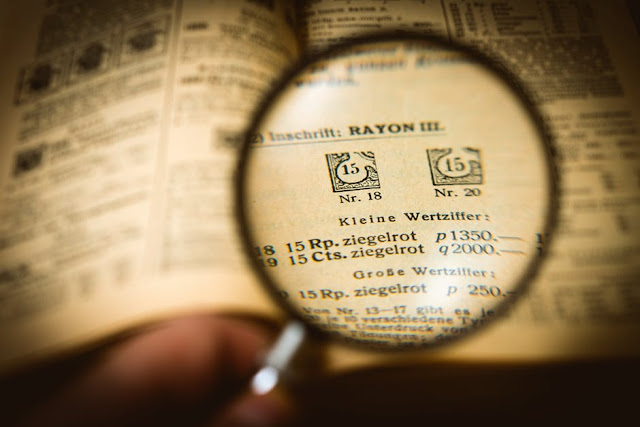The Left-Handed Brain
What do Babe Ruth, Marie Curie, David Bowie, Barack Obama, and
Oprah have in common, other than fame? No, that’s not the start of a riddle;
there’s a simple, non-trick answer. They’re all left-handed.
Today, left-handed people make up roughly ten percent of the
population. Modern science has yet to explain what causes left-handedness in
humans, although we have weeded out some of our earlier theories, such as “being a witch.” Still, the idea that lefties are in some way untrustworthy has persisted
across cultures and centuries (famously, the Latin word for “left” comes from
the word “sinister”). As late as the
1960’s, American public schools forced left-handed children to write with their right hand.
What gives? Perhaps it’s a classic case of a majority
failing to understand a minority, and coming to fear them instead.
Interestingly, even today, neuroscience experiments commonly exclude left-handed
subjects, in the hopes of eliminating variables. In a 2014 article in Nature Reviews Neuroscience, Roel Willems and his colleagues argue that this is a real
problem.
Not only is it never a great idea to
systematically exclude 10% of the population from your samples, the article
explains that left-handed brains are worth studying for their own merits. “According to the textbooks, facial recognition takes place in
the right half of the brain,” it notes. However, in 2009 studies, Willem’s team had
discovered “the same process takes place in both halves of the brain in the
case of left-handed people, but with the same final outcome.” In other words,
there appear to be noticeable neurological differences between lefties and the
rest of us—maybe not a pact with the devil that grants them sinister magic
powers, but something.
Could this include a greater degree of creativity? It’s hard
to say. While it’s easy to conjure an impressive list of artsy southpaws, the
sheer number of famous creative types throughout history also allows a high
degree of selection bias. Besides, “creativity” as a trait covers so much
ground, and involves so many variables, with often such subjective results, that
it is very difficult to judge in a laboratory setting. However, some studies do
suggest that left-handed students may have a slight edge on their peers when it
comes to the decidedly analytical task of solving difficult math problems.
And researchers may be making some headway on the origins of left-handedness—or rather, left-finnedness. Scientists at the University of Konstanz are looking at brains and genes of the lake-dwelling Perissodus
microlepis, an African species of a cichlid fish. Many of these fish are pretty
consistent in choosing a direction to attack their prey from. These cichlids
are not the only non-human animal to show a preference for either their left or
right side—both great apes and birds do the same—but here, it is easy to
notice.
In those fish with a strong directional leaning, the
biologists found an asymmetric Tectum Opticum, a brain region that
enables vision.
That is to say, fish’s favored side had slightly better developed eyesight.
The cichlids with a preference also seemed to display
asymmetric gene behavior; that is to say, the genes in the corresponding brain
hemisphere were more active than in the other. This held true for at least 140
genes, but the one with the biggest difference appeared to be the synuclein
gamma alpha (sncga) gene. In a way, it makes sense, because the sncga expresses
most clearly in the habenula, a brain region that is asymmetric in any vertebrate.
This could suggest that hand preference is tied to the fundamental physiology
of the brain.
Of course, scholars are reluctant to draw broad conclusions
about our lives from a study built on tiny fish. Still, it could be an
interesting window into a centuries-old question. “We hope that our results
also will contribute to further our understanding of handedness in
humans," says biologist and study co-author Dr Ralf Schneider. In that
case, maybe it’s time to give those fish some math problems...





Comments
Post a Comment